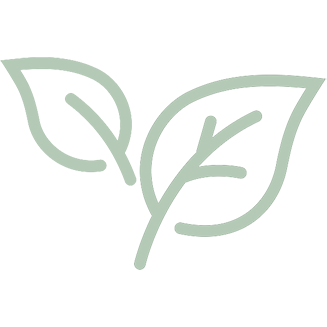As the weeks pass, the dust begins to settle from the busy-ness of the transition period. Children, families and educators are coming to know one another and find ways of embracing commonalities and differences. Houses are finding rhythm as we step forwards, backwards and sideways, dancing our way through the days.
The first step in becoming a community of learners is to establish responsive, respectful and reciprocal relationships, as we discussed in the three previous blogs; Beginning with Relationships, Building Relationships – What does it look like? and Building Relationships – Connecting with peers. As these relationships emerge, educators begin to look more closely at children’s interests, wonderings and curiosities. Beginning with what children are doing, educators document and record patterns of interests. Where do children play? What do they play with? How do they play with it? Who are they playing with? These initial recognitions form the basis for programs as they help educators decide what resources to put out, where to put them, and what to add to them.
So, if a group of children are interested in painting, educators might continue to offer painting, but ensure there is a variety of paint types available over the course of the month, like acrylic, watercolour, poster or tempera.
On the surface, this offering of resources constitutes a play-based, child-led program. But The Early Years Learning Framework invites educators to go further, encouraging educators to engage in “intentional teaching” and practices of assessment that help us to understand what is happening under the surface of this play. What kinds of theories are children developing and testing? What is the play really about?
Intentional teaching: involves educators being deliberate, purposeful and thoughtful in their decisions and action. Intentional teaching is the opposite of teaching by rote or continuing with traditions simply because things have ‘always’ been done that way.
Early Years Learning Framework p.5
So, that group of children who are interested in painting might be focusing on the sensory or social aspects of play. Or they might be focused on particular techniques, such as still-life paintings, or experimentation with line, or colour.
In providing the opportunities for children to continue exploring the “what”, educators can begin to uncover the “why”. Through close observation, critical reflection and collaboration, educators engage in processes of inquiry that support children’s learning. At times, these process of inquiry become more formalised, resulting in projects such as A Map of Sturt House, the Festival of Light, and Pumpkin Fest. It is essential to our approach at Flinders that the majority of our project work emerges from children’s ideas and interests; this is grounded in our philosophy.
We look forward to discovering the what and the why as we journey through this year.

Pingback:What is Inquiry? – Our Million Opportunities
Pingback:Schema Theory – Our Million Opportunities